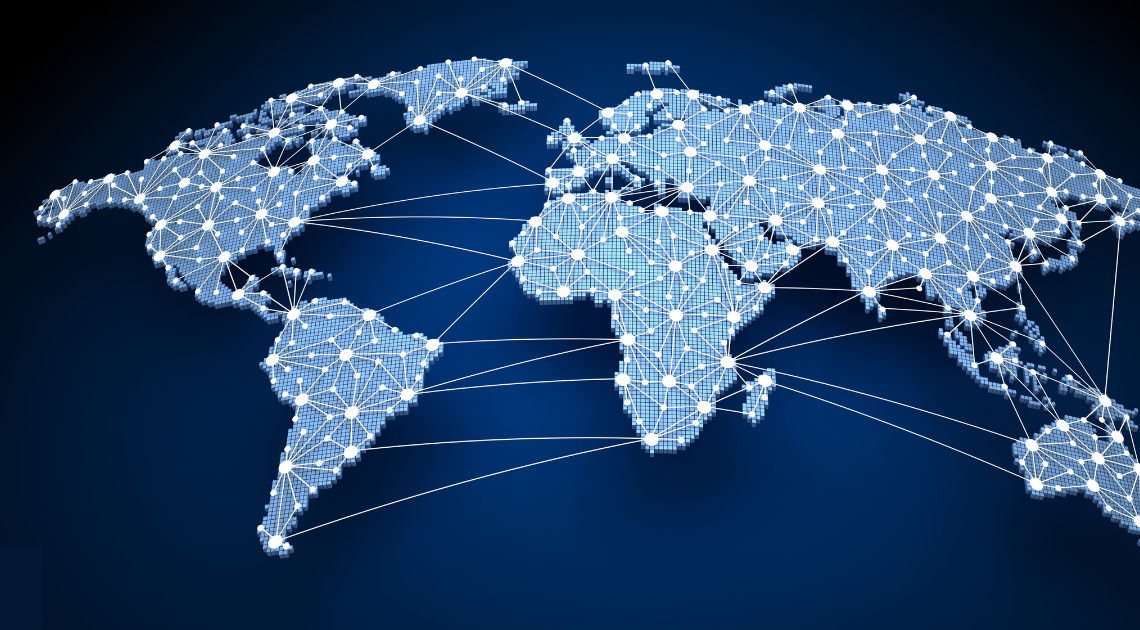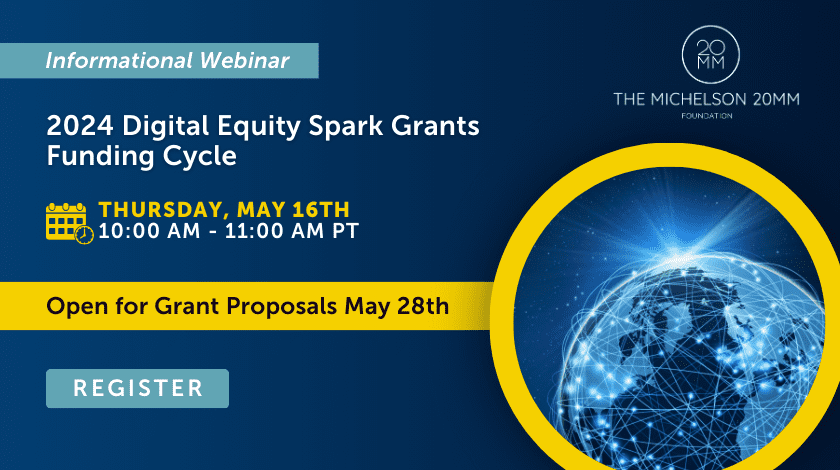OUR APPROACH
We strive to create a future in which all individuals have the broadband access and capacity needed for full participation in our society, democracy, and economy, with a focus on underserved and historically marginalized communities.
Educate Policymakers
Educate policymakers on the need for digital inclusion
Convene Stakeholders
Convene a coalition of philanthropic stakeholders focused on digital inclusion
Support Pilot Programs
Support proof-of-concept pilots that surface innovative connectivity technologies
Scale Best Practices
Scale best-in-field practices working to eliminate the digital divide
The Problem
California has over 450,000 unserved or underserved households lacking quality broadband service.
Speed tests from over 15,000 student households in Oakland, CA, revealed 52% of students experienced a speed classified as “unserved” at least once over a two-month speed test window.
One third of rural CA households and about 20% of low-income households still lack broadband access at home.
Focal Points
Promoting a More Competitive, Transparent, and Accessible Internet Service Provider Marketplace
In an effort to foster a more affordable and equitable broadband marketplace, we combat harmful internet service provider practices (such as predatory pricing, monopolistic market tactics, connectivity and rate disinformation) that have been used to permit the unrestricted pursuit of profit at the expense of specific communities.
Combating Digital Discrimination
By focusing on the role of race in the historical causes of digital inequity, we seek to grow awareness by uplifting the voices of communities that have been deliberately excluded from connectivity by systematic redlining and disinvestment.
Shepherding Public Investment to Promote Equity and Access
We provide research, data, and legislative technical assistance on responsible use of public funds to advance infrastructure projects in low-income and underserved communities.
Empowering Tribal Communities to Get Connected
We foster more resilient and connected communities by advocating for the inclusion of tribal nations in public infrastructure investments, and building expertise, learning collaboratives, and local broadband networks among tribal leaders.
Digital Equity Pooled Funds
Collaboration between funders
The Digital Equity Pooled Fund is a collaboration between funders who are focused on advancing digital equity in California’s regulatory processes at the state and federal levels.
Digital Equity in Tribal Communities
Centering community as the foundation for change
We directly support the inclusion of tribal nations in considerations of public infrastructure investment and work with tribal leaders to build expertise, learning and resource collaboratives, and local broadband networks to foster more resilient and more connected communities.
Featured Events

Access to digital technology and reliable Internet dictates access to education, healthcare, jobs, and meaningfully engaging in democracies. We strive...

Access to digital technology and reliable Internet dictates whether or not we can access education, healthcare, search and apply for jobs, and even me...

As funders and advocates, The Michelson 20MM Foundation and our funder partners have become acutely aware of the breadth and depth of digital equity n...
partner reflections
Recent News
Stay Engaged
For more information about our Digital Equity work, please sign up for our newsletter below or reach out to Cristal Mojica, Senior Program Manager, cristal@20mm.org.
The Michelson 20MM Foundation is committed to protecting and respecting your privacy, and we’ll only use your personal information to administer your account and to provide the products and services you requested from us. From time to time, we would like to contact you about our services, initiatives, and other content that may be of interest to you.
You can unsubscribe from these communications at any time. For more information on how to unsubscribe, our privacy practices, and how we are committed to protecting and respecting your privacy, please review our Privacy Policy.
By clicking submit below, you consent to allow the Michelson 20MM Foundation to store and process the personal information submitted above to provide you the content requested.